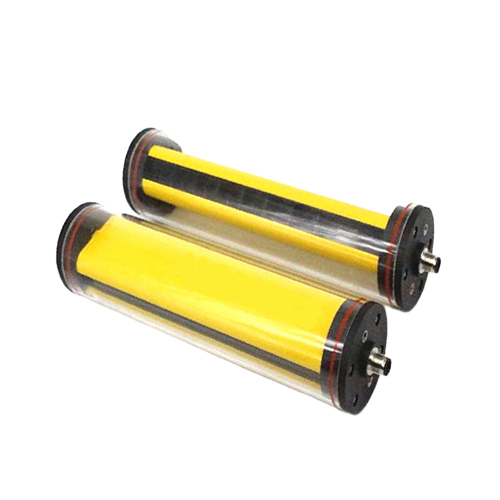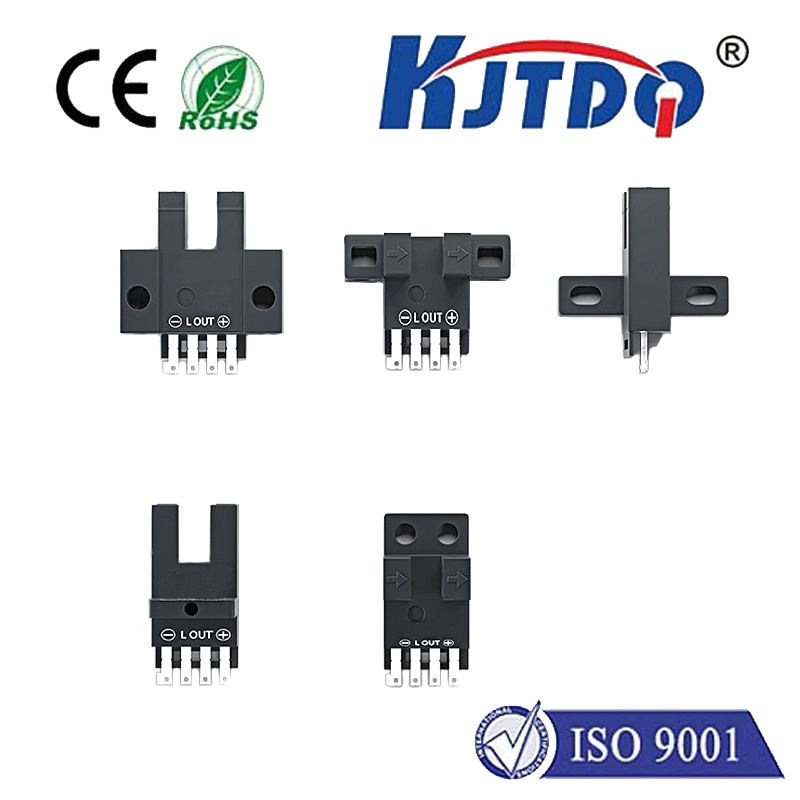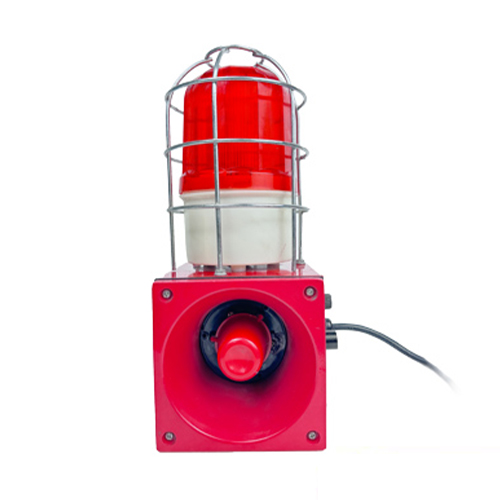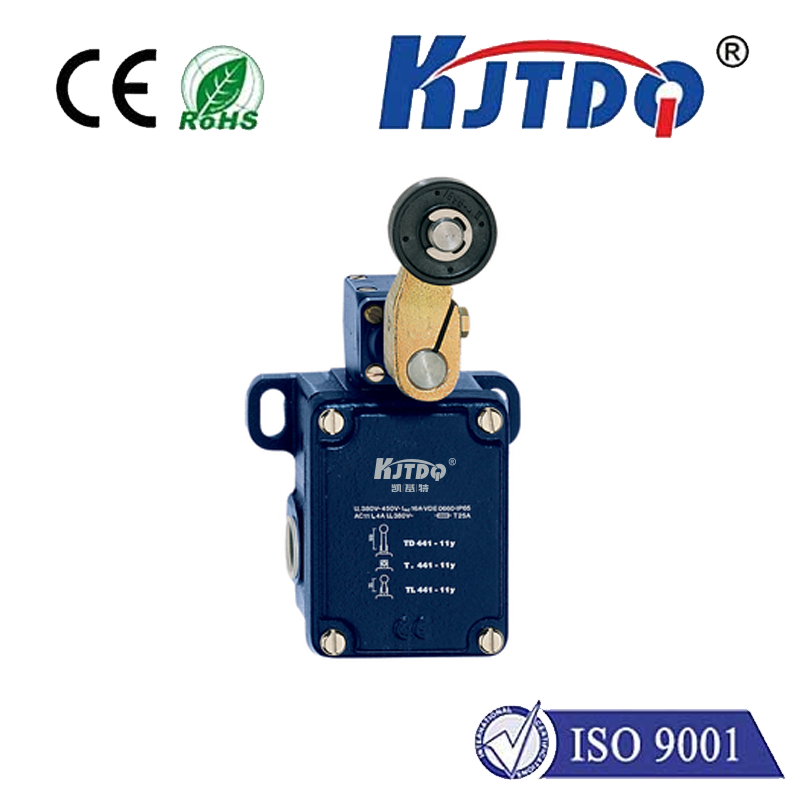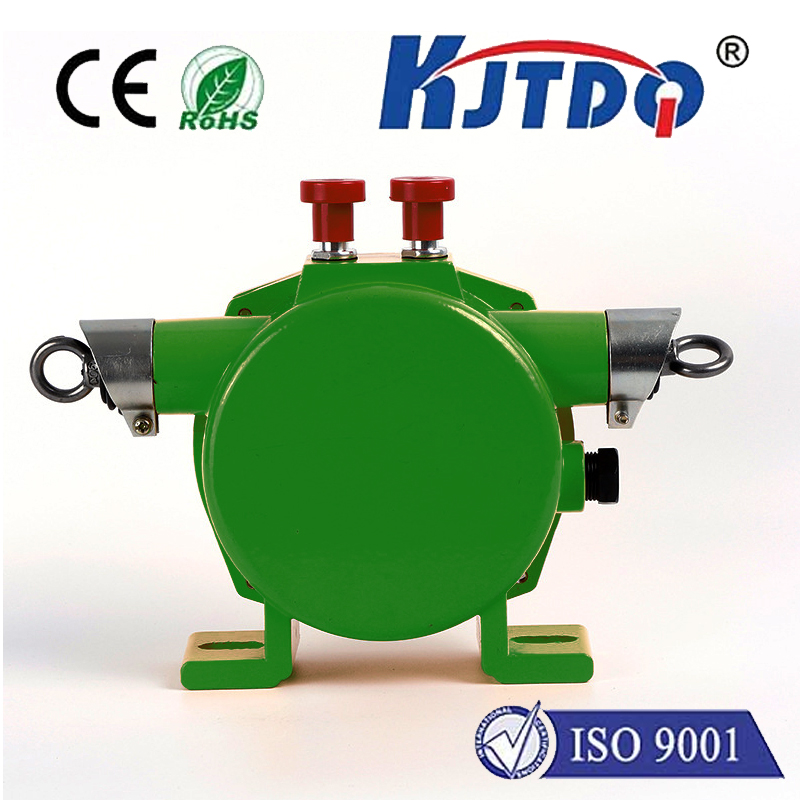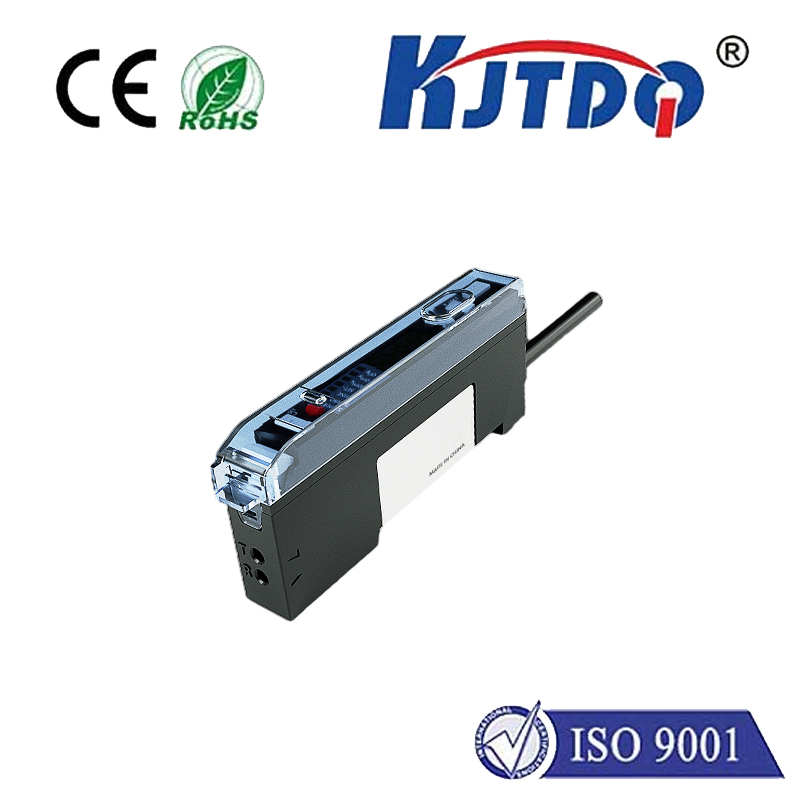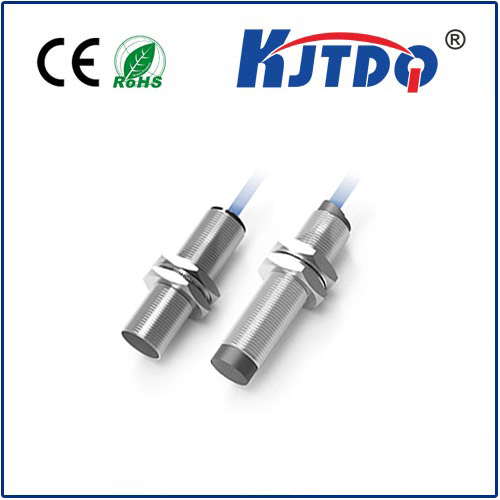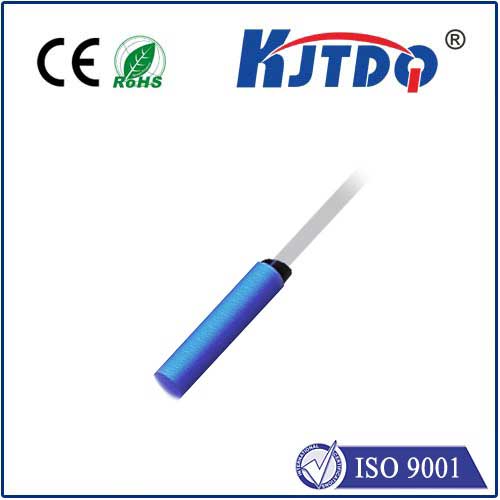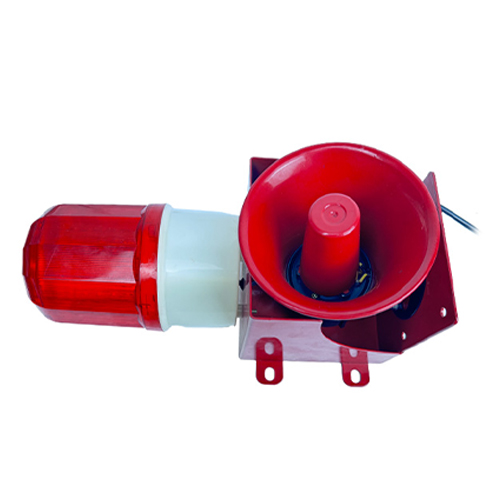

check

check

check

check

check

check

check

check

check

check
High Precision Limit Switch: Ensuring Accuracy in Industrial Applications
In the realm of industrial automation, precision is a crucial factor that determines the success and efficiency of operations. One component that plays a vital role in achieving high levels of accuracy is the high precision limit switch. This specialized switch is designed to detect the presence or absence of an object, machine part, or process material within a defined area, and trigger a response accordingly. With its exceptional reliability and accuracy, the high precision limit switch has become an indispensable tool for numerous industries, including manufacturing, packaging, and robotics.
The Importance of High Precision in Industrial Applications
High precision refers to the ability of a system or device to perform tasks with minimal error and maximum accuracy. In industrial applications, this translates to increased productivity, reduced waste, and improved product quality. For instance, in manufacturing processes, precise positioning and alignment of components are essential to ensure proper assembly and functionality of the final product. Similarly, packaging systems require accurate detection and sorting of products to maintain consistency and prevent damage during transportation.
Role of High Precision Limit Switches
High precision limit switches are designed to provide unparalleled accuracy in detecting the presence or absence of objects. Unlike traditional switches, which rely on physical contact between the object and the switch, high precision limit switches utilize advanced technologies such as inductive, capacitive, ultrasonic, or photoelectric sensing methods. These techniques enable the switch to detect objects without touching them, reducing wear and tear on both the switch and the object being sensed. Moreover, they offer faster response times, allowing for real-time monitoring and control of industrial processes.
Applications of High Precision Limit Switches
High precision limit switches find widespread applications across various industries. In manufacturing, they are used for machine control, conveyor monitoring, and quality inspection. In packaging industries, they help in sorting and orienting products, ensuring that each item is properly positioned before packaging. Additionally, high precision limit switches are integral to robotics applications, where they serve as input devices for guiding robotic arms and ensuring precise movements. Other areas where these switches are employed include automotive assembly lines, food processing plants, and pharmaceutical manufacturing facilities.
Benefits of Using High Precision Limit Switches
The use of high precision limit switches offers several benefits to industrial operations. Firstly, they enhance accuracy by minimizing errors and ensuring consistent performance. This leads to higher productivity rates and reduced downtime due to malfunctions or misalignments. Secondly, these switches improve safety by preventing accidents caused by misidentification or mishandling of objects. Furthermore, high precision limit switches can extend the lifespan of equipment by reducing wear and tear associated with physical contact-based sensing methods. Finally, they offer cost savings by reducing waste materials resulting from inaccurate cutting or shaping processes.
Conclusion
In conclusion, high precision limit switches play a pivotal role in achieving accuracy and efficiency in industrial applications. Their ability to detect objects without physical contact and their advanced sensing capabilities make them invaluable tools in various industries. By enhancing accuracy, improving safety, extending equipment lifespan, and reducing costs, high precision limit switches contribute significantly to the success of industrial operations. As technology continues to evolve, it is likely that these switches will become even more integral to future advancements in automation and industrial processes
